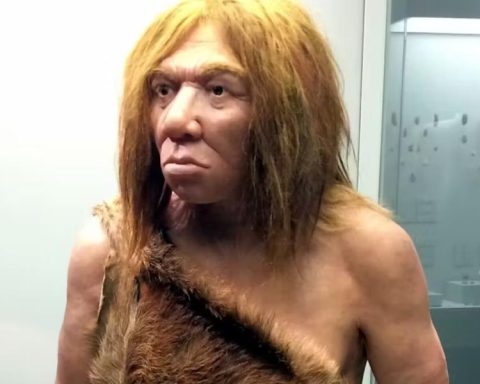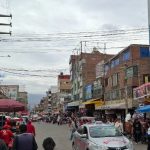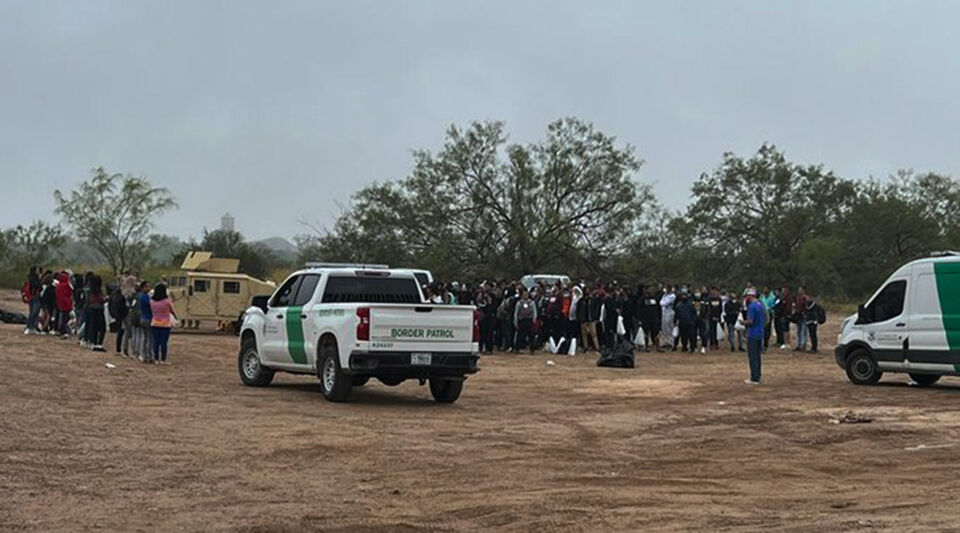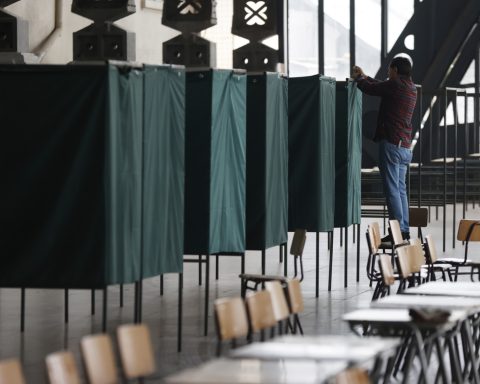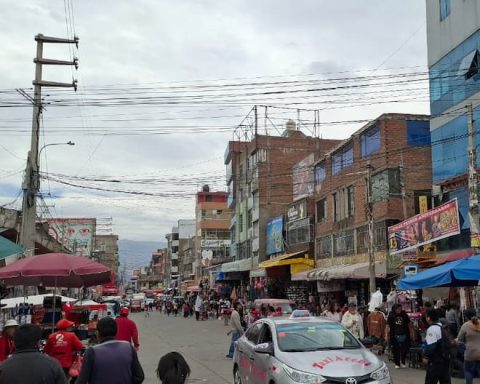C
as we have reiterated In this space, the crisis of violence that has settled in the country is multidimensional in nature and affects almost all areas of our lives. The social and cultural atmosphere of this time, characterized by tension and disenchantment exacerbated by the increase in poverty and inequality, has tensed our social environments predisposing them so that the natural conflict that human coexistence entails leads to violence with increasing frequency. frequently and in more bloody ways; For this reason, violence requires comprehensive and multidisciplinary attention, not only in the field of public security, but from all dimensions and spaces of social, community, family and educational life, among others.
The university sphere and educational spaces as a whole deserve special consideration in the violence attention agenda, not only because of their potential to influence prevention, through their training processes, but also because they have become spaces of expression and reproduction of violence, which have also motivated an important dynamic of expression and student mobilization, demanding from institutions guarantees of effective validity of security and equity conditions in educational spaces.
The National Survey on the Dynamics of Relationships in Households (Endireh) published in 2021 revealed that 32.3 percent of the women consulted have experienced violence throughout their lives in the educational field, an increase of 7 percent compared to 2016 It also highlights 66.9 percent of violence in the school environment is experienced within educational facilities, and only 18.8 percent of women are aware of the existence of protocols or measures to deal with violence against women in the school environment .
The Endireh figures are consistent with the empirical experience in the Mexican educational environment in recent years, which has motivated a growing student mobilization in the country that has shown as one of the greatest pending of higher education institutions (IES) the urgent attention to violence in the university environment, especially gender violence. Mobilizations such as those of 2020 in Puebla, and the most recent ones at the UNAM or the UDG, have jointly raised challenges that must be managed by the university institutions and communities, with respect to which very little progress can be seen today.
Already in the concluding observations on the ninth periodic report of Mexico in charge of the Convention on the Elimination of All Forms of Discrimination against Women (Cedaw), published in 2018, concern was expressed about the lack of effective prevention mechanisms, sanction and eradication of violence in schools. In response, the General Law of Higher Education, mainly in its articles 7, 42 and 43, urges HEIs to address violence, especially that directed against women and girls, through prevention, the development of diagnoses, programs and protocols; the creation of instances that operate said protocols and the incorporation of educational content with a gender perspective that promotes substantive equality.
The new legal regulations that educational institutions must abide by undoubtedly pose important challenges for educational communities and their institutions; in particular, the adoption of a multidisciplinary perspective to diagnose and fully understand the complexity of violence, as well as very deep organizational challenges to mainstream the gender perspective and materialize effective conditions of substantive equality. However, it should be noted that this will not be enough to eradicate violence; For a principle of intellectual honesty, it is necessary to recognize that the margins of action of educational institutions and the effectiveness of their action have been substantially transformed in recent years. For this reason, it is crucial to extend the dynamics of interdisciplinary dialogue and claim the first place of priority that attention to violence should have from educational spaces to the rest of the social body, with a sense of co-responsibility of social actors in the face of the violence that arises. in educational and university settings, as a reflection of normalized violence in our daily lives.
Faced with the crisis of violence in the country, HEIs are called to identify the problem in its fair dimension through a comprehensive understanding of violence and its accurate measurement. They are called for the adoption of protocols and regulations harmonized with international standards on human rights, which delimit the actions of our institutions in the face of cases of violence inside and outside and that affect the fabric not only of student communities, but of society. in general, and are called for the creation of solid and efficient instances and mechanisms to guarantee substantive gender equality and the design of effective prevention strategies, through a tireless and creative effort of information and permanent dialogue between the members of our communities, as well as through training devices that consolidate common floors of values and appropriate skills among the members of the educational communities.
That is perhaps the greatest civilizing bet that Mexican society is invited to make in the immediate future; At stake is not only the safety and integrity of our children and youth, but the very viability of justice, equality and dignity among us.


